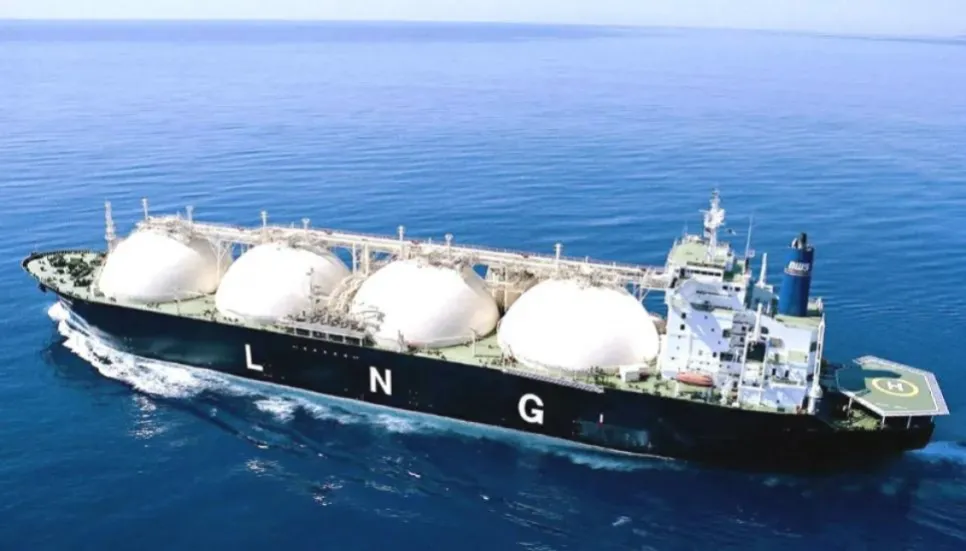
Although Bangladesh plans to ramp up liquefied natural gas (LNG) terminal capacity by braving related potential hurdles, the fiscal challenges the country is going through right now may restrain a significant LNG demand growth in the short term.
The observation was made by the Institute for Energy Economics and Financial Analysis (IEEFA), a global think tank focused on the international energy market, in its “Global LNG Outlook 2024-2028” released on Thursday.
The IEEFA pointed out that Bangladesh might face constraints due to the emergence of new nuclear facilities, coal-fired plants and renewable energy sources. This situation may limit the full utilisation of gas-fired plants in the near future.
To counter this, the country could consider adopting gas-fired peaking plants alongside base-load plants to accommodate more renewable energy and enhance energy efficiency in industrial processes and captive generation, IEEFA said.
IEEFA Lead Analyst for Bangladesh Energy Shafiqul Alam said that low spot market LNG prices resulted in a rebound in demand from Bangladesh by 17.9 per cent in 2023 after imports fell by 14.4 per cent in 2022, but sensitivity to volatile LNG prices, fiscal challenges and competing energy resources in the power sector point to moderate medium-term demand growth.
Globally, the IEEFA predicts an oversupply of LNG within two years due to lacklustre demand growth and a surge in export capacity. Major importing regions like Japan, South Korea and Europe are expected to witness a decline in LNG demand through 2030.
In emerging Asia, the report said, LNG demand growth faces significant economic, political, financial and logistical challenges that may persist despite market oversupply.
Despite uncertain demand, global LNG supply capacity is projected to increase by 40 per cent to 666.5 million metric tonnes per annum by the end of 2028, it added.
The IEEFA highlighted that as major importing regions aim to reduce LNG demand, global suppliers will increasingly rely on growth in emerging markets.
However, rapid LNG demand growth in emerging economies is not assured, given various barriers such as fiscal challenges, infrastructure delays and contracting issues.
The global LNG crisis following Russia’s invasion of Ukraine in 2022 has prompted many markets to reconsider the role of LNG in their development plans and accelerate the adoption of alternative energy sources.
China, despite being the world’s largest LNG importer in 2023, faces limitations due to domestic natural gas production and renewable energy expansion.
In South Asia, fiscal challenges and LNG price volatility may constrain near-term demand growth, while infrastructure development challenges may inhibit demand in Southeast Asia.
Despite these obstacles, political incentives to pursue alternative energy sources are strengthening in the region, according to the report.